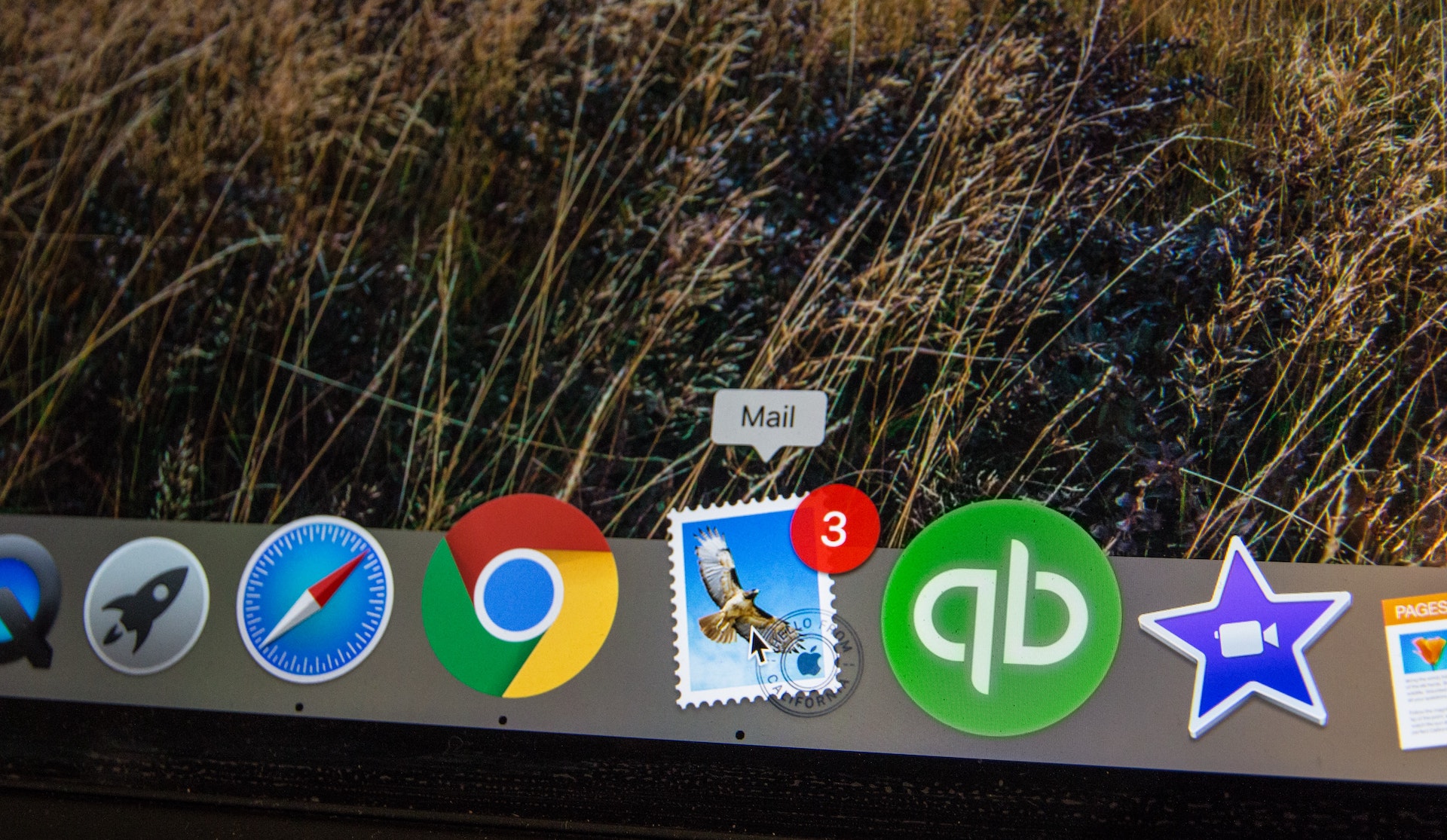Email communication is nowadays part of a common way to communicate among clients, agencies, businesses but also among colleagues. Each day communication can take up a lot of our time, maybe even the entire day. Even though emails represent an inevitable part of work, its creation hasn’t often finished anything, but rather started something. Try out some of our tips in your team that can help you solve emails efficiently.
Minimise the number of emails
Before writing the email itself, it’s important to ask yourself questions like: Is this email inevitable to solve this issue? Wouldn’t it be more appropriate to communicate your issue in person or by phone? While the advantage of verbal communication is speed, it’s true that the counterpart doesn’t have to be always at your disposal immediately. On the other hand, by email you can also communicate information that requires more time to grasp, contains numbers, links to external sources or attachments which would be complicated to describe over the phone.
Minimising the number of emails also includes adding the recipient to the copy or forwarding. It’s nice, if you try to keep your colleagues updated by adding them to the copy of the email. However, this also applies only for a certain number of messages from which one starts to unconsciously overlook most of your emails.
Do your best in terms of the email’s subject
The subject is the first passage of text the recipient comes into contact with when the notification for a new message flashes in their inbox. You shouldn’t underestimate its importance. Dates as well as expressing urgency help the matter.
E.g.: "Meeting"
vs. "Meeting 2020/02/20"
A subject written this way can help better distinguish messages in the inbox. One can quicker find the sought message in the search.
príklad 2: "Google Analytics Report"
vs. Google Analytics Report - March untill 2020/04/14
Secondly, I already know from the subject to what extent the email requires my attention. Some are needed to be dealt with immediately, others can be revisited later without necessarily reading the entire email. If necessary, you can use the tag “urgent”, “ASAP”, but also “not urgent”.
Clarity and the length of an email
Write simpler sentences and stick to the topic. If something requires a longer discussion or argumentation, try to capture the essence/your statement/proposal for a solution and explain it at a meeting/by phone/from an external source. The ideal length of an email, so one can pay attention and properly understand it, is 2-3 paragraphs.
Create a structure using paragraphs, use (un)numbered lists and highlight important points in bold. Although we’ve recommended the ideal length of an email, sometimes we can’t fit an entire point into 3 paragraphs. It’s, therefore, important to structure the text for easier and quicker readability Highlight actions you expect in particular and deadlines you want to meet in bold. They will help navigate the recipient and based on them they can immediately execute pressing steps or plan work for later.
Communicate one topic in one message. If you need to go over more topics/points with the recipient, communicate each of them in a separate message. You’ll keep the communication clear, especially when the email thread will have multiple replies. It’s also beneficial when you’ll need to involve another colleague in the communication. They don’t have to read a lot of text which doesn’t concern them, and you’ll enable them to react quicker.
The above-mentioned principle applies the other way around as well – communicate one topic in one message. If your email concerns a topic you’ve already communicated in an email, try to find the email and reply within the same thread. There’s nothing worse than looking for the final statement of your boss/customer in 5 different threads.
Define tasks and the procedure you expect
Avoid vague definitions of responsibility. “Responsibility of all for everything is a responsibility of no one for nothing.” (Tomáš Baťa). If you’re in a superior position, we’ll demonstrate it on this example:
E.g.: "We should analyse the Christmas marketing campaign of 2019"
vs: "Daniel, please analyse the Christmas marketing campaign of 2019 until Friday"
In the position of a colleague or a subordinate pay attention to your request so it doesn’t come across as an order. It depends on the situation; you should rather ask your colleague if they have time for that or suggest your cooperation.
Finally, read the entire email after you’ve finished, whether the sentences and context make sense. Instead of using personal pronouns (he, she) rather use the name of the particular person. Replace demonstrative pronouns (this, that) with adjectives and nouns. Don’t forget to check the attachments you refer to in your text as well.
Formality and tone of voice
Even if we try to write an email quickly and this form of communication is considered to be less formal than a letter, we should still keep a certain level of formality. Don’t forget to add a greeting and a thank you.
When we communicate in person, we add context by means of our body language, emotions and tone of voice. We can’t communicate these factors in an email, therefore, pay attention to your message so it doesn’t come across as bad.
E.g. Hi, I’ve seen the materials for the January report, but I also need numbers from the previous week today, otherwise I won’t meet the deadline.
vs. Hi, thank you for processing the numbers for the January report, they’re okay. Could you please provide me with the materials from the previous week today, so I can submit them within the deadline?
In the first case, we could also identify a certain level of frustration in the text. However, in reality it’s not the case. The sender expresses satisfaction and reminds the colleague of today’s deadline.
What to do, if the received email makes you angry or literally furious? You can write a reply but be sure not to send it. Take a couple of hours or until the next morning to cool down. Think through the possible consequences of your statements. A better way to convey your statement will be at a meeting in person or a conference call.
Writing a good email is no rocket science, however, it certainly requires an amount of concentration. Realize in advance to whom you’re going to write, what’s your relation to the recipient and what you want to say to them. Properly chosen words will get you to your goal and satisfy both parties.

 Rudolf Rebry, 30. March 2020
Rudolf Rebry, 30. March 2020